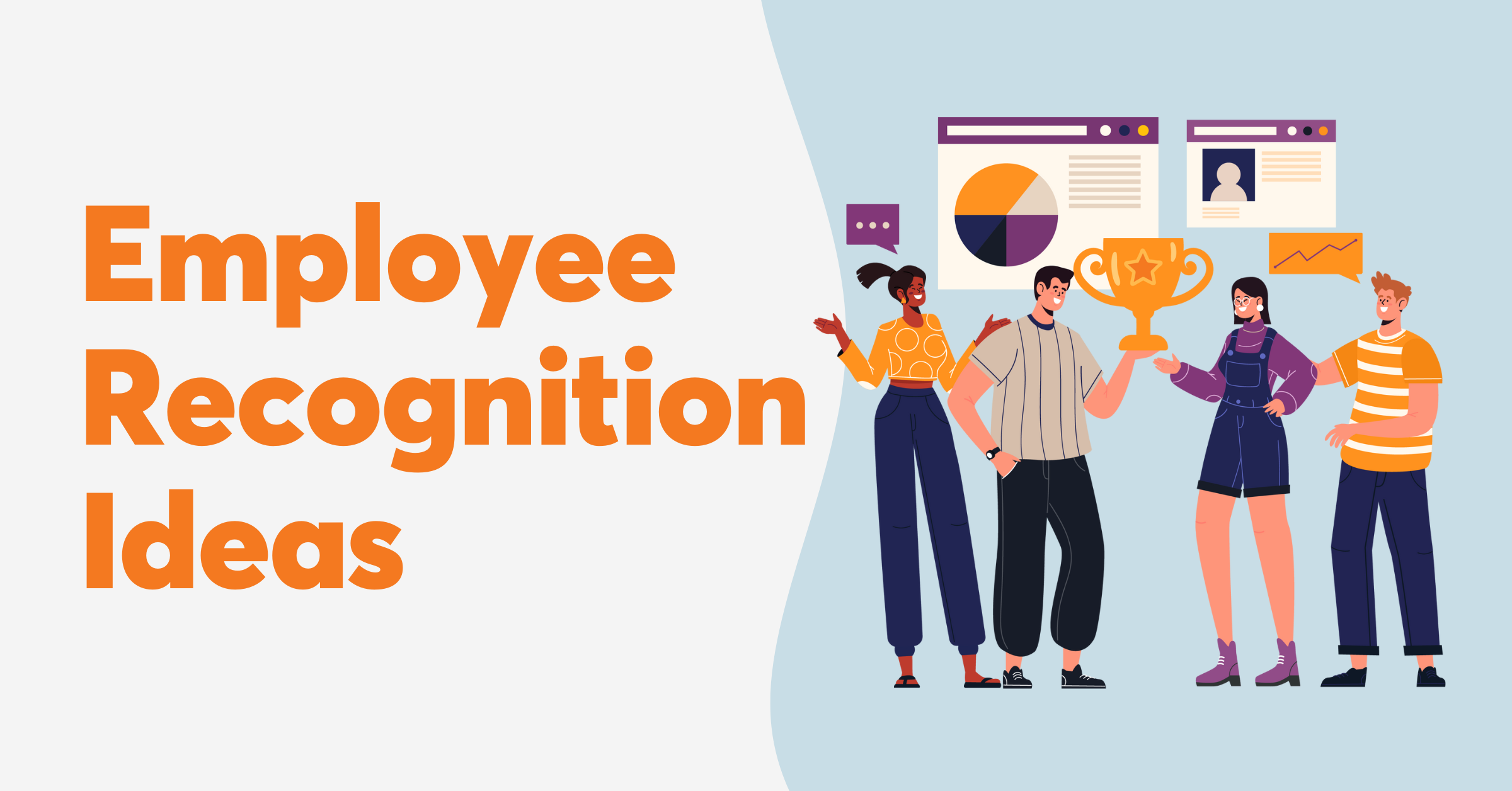CHROs, CFOs, and CEOs are grappling with the challenge of supporting employee wellbeing in the workplace while minimizing healthcare costs. At the same time, recent research highlights the pressing need for C-suite executives to expand and enhance the benefits their organizations offer.
What considerations should CHROs ponder as they reassess and reshape employee behaviors, benefits, and roles across the organization? We asked these questions and more during an interactive panel discussion with Jen Fisher, Colleen Bordeaux, and Jay Bhatt of Deloitte.
Wellbeing at Work – Everyone is Struggling
Where does a CHRO begin to address this complex issue? Based on the panelists’ views, several factors continue to impact the workforce’s wellbeing at all levels. While leaders are often well-intentioned with their investments in employee wellbeing, they often fail to identify and tackle the root causes of employee stress and burnout.
Jen Fisher, chief well-being officer at Deloitte, highlights that while various programs, tools, and resources are critical and foundational, barriers often hinder their effectiveness. These barriers can stem from cultural factors, the way work is done, or the way employees engage with leaders. For instance, the number of clicks an employee has to make, different programs to log into to perform a single task or access a benefit, or the sheer number of meetings employees must attend can all be considered barriers to wellbeing.
Another crucial factor Fisher draws attention to is the disconnect between leaders’ perceptions of workforce wellbeing and the reality experienced by employees. Research points to a need for leaders to co-create solutions with their workforce to truly understand and address employee wellbeing.
To tackle these issues effectively, Fisher says that leaders must step back and identify the root causes of workforce stress and burnout. Determinants of wellbeing can be addressed by working collaboratively with employees, involving them in decision-making, and giving them ownership of the solutions.
Work Determinants of Wellbeing
Work is essential to our lives, yet its impact on our health and wellbeing is often overlooked. The World Health Organization has identified employment as a social determinant of health, meaning that it has a systemic and structural impact on our outcomes that we, as individuals, may not have complete control over.
“We’ve traditionally thought about work as a determinant of our health and wellbeing through really narrow parameters,” shared Colleen Bordeaux, co-founder and leader of Workforce Experience by Design, Deloitte Consulting LLP. “Our physical safety on the job, as well as the financial security of having a job, will always be important. But if you look at how dramatically work has shifted since the initial social determinants of health framework were created, you can recognize that the lines between our life and work have blurred in ways we never anticipated. And the reality is that our work affects our mental, emotional, and social health, and interconnectivity.”
Top three systemic, structural root causes that have an outsized impact on wellbeing at work are:
- Leadership behaviors at all levels, from direct supervisor to the C-suite
- How the organization and jobs are designed
- Ways of working across organizational levels
Bordeaux suggests rethinking organizations’ paradigms regarding employee wellbeing to address these issues. Most companies have been content with providing employees with basic benefits, such as gym membership or healthcare while absolving themselves of the impact that work may have on their staff. However, this mentality is outdated and doesn’t take into account the holistic impact of work on employees.
- Leadership Behavior
According to Bordeaux, leadership behavior is one of the most significant determinants of mental and emotional health at work. A recent Forbes article revealed that 70% of workers claim that their manager has a larger impact on their mental health than their therapist and is equivalent to their partner’s impact. Therefore, leaders need to recognize the impact of their behavior on their team and manage their own stress and overwhelm to avoid spreading negative energy.
2. Organizational & Job Design
In addition to individual leadership behavior, organizational and job design play a significant role in creating a healthy work environment. Unhealthy spans of control – where managers have more direct reports than hours in the day – are a common issue in today’s organizations. Leaders must evaluate what a healthy span of control looks like for their specific context and make changes accordingly. Leaders can also create more flexible job roles that empower employees to take accountability for their work and provide them with decision rights to innovate and get work done effectively.
3. Ways of Working
Aside from individual and organizational design, the third determinant of mental and emotional health at work is the way work happens. Meetings have become a significant source of stress for employees, with the pandemic causing a 250% increase in meeting times without a corresponding increase in bottom-line value. As such, leaders must co-create better ways of working with their teams, eschewing redundant, non-value-added work for more effective and efficient methods.
Organizations must prioritize their employees’ mental and emotional health to create a positive work environment. Leaders can do this by recognizing the impact of their behavior on their team, implementing healthy spans of control, creating flexible job roles, and co-creating effective ways of working with their teams. By doing so, organizations will enjoy more productive and engaged employees while reducing the risks of burnout, stress, and lost productivity.
Employers as Health Organizations
The importance of employee health in organizational success must be emphasized, says Deloitte Executive Director Jay Bhatt. The cost of healthcare is on the rise, and while the United States spends more than other countries, it still lags behind in health span and longevity, according to research. Employees are the most important asset of any business. When their physical and emotional health is taken care of, the organization stands to benefit in terms of – among other things – increased productivity, decreased sick days, and better team dynamics.
Bhatt says that an organization should think of itself as a health organization that invests in the wellbeing of its employees to achieve a better quality of life, reduce the risk of illness and injury, lower stress levels, and improve their mindset. Stress and mindset play a role in the incidence of heart disease, discrimination, racism, and other forms of bias, all of which can have an adverse impact on the individual, the team, and the organization.
A Deloitte analysis revealed that Americans could live up to 95% of their years in good health, with an average lifespan of nearly 90 years – however, the average American lives only 65.9 years or 85% of their life in good health. The research indicated that employers could catalyze the outcomes through changes to the work environment, organizational culture, communication, and employee engagement.
Employers must value employee health as job number one and recognize the impact healthy and productive work can have on a business’s success. A healthier workforce equates to increased organizational success, employee fulfillment, and a workplace that promotes co-creation, communication, engagement, and thriving employees. Achieving these outcomes is both a moral and economic imperative for all organizations.
Watch the full panel discussion here: The Wellbeing Imperative. This webinar is part of a Virgin Pulse series aimed at equipping leaders with the necessary tools, support, and knowledge to establish sustainable cultures of health and wellbeing within their workforce.
Additional webinars in this series:
The 3 Ps of Wellbeing Buy-In: People, Profit, and Persuasion
How to effectively influence leadership to invest in your wellbeing strategy with Pia Baagø Skat-Rørdam, former DHL consultant that implemented Virgin Pulse and Owner and Senior Consultant at Trustformation.
Manager in the Middle: Minimize Risk and Build Workplace Resilience
Identify signs of burnout, create an unshakeable self-care habit, and build the confidence to be change ready with Alanna Fincke, Resilience Expert and Board-Certified Health Coach at meQuilibrium (meQ).
How to Build a Culture of Compassion
Half the global workforce feels too scared to speak about mental health. We teamed up with Headspace and our Virgin Pulse Science Advisory Board to give you the tools you need to create a culture of compassion.










